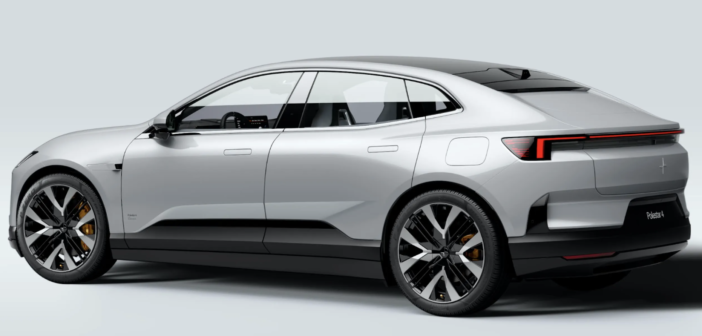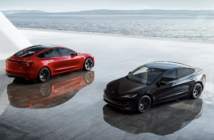Polestar, one of the world’s leading EV brands and manufacturers recently announced some pretty big news regarding new and upcoming tech for its vehicles as well as business operations, which should give brand loyalists and potential adopters something to look forward to, at leats as far as electric vehicles are concerned. With that in mind, Polestar finally gave an update regarding the upcoming Polestar 4, as well as some new developments revolving around some of the tech it’s planning to integrate in its lineup of EVs.
Polestar 4 Set to Begin Production in Korea
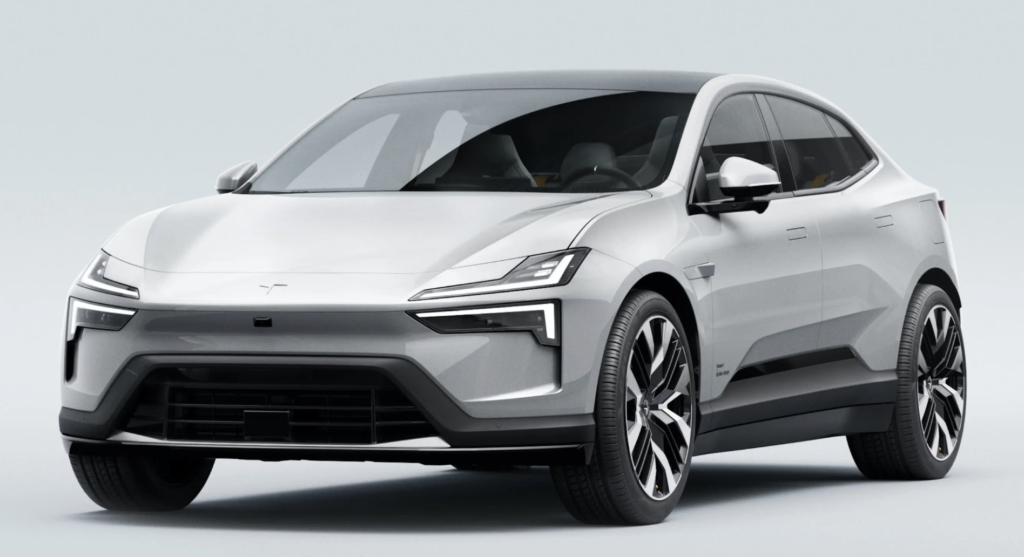
Complementing the manufacturing of the Polestar 4 in Hangzhou Bay, China, Polestar announced that it will also be manufacturing its upcoming EV in Busan, South Korea. The company says that this will begin around the second half of 2025, and is the result of an agreement between Polestar, Geely Holding and Renault Korea Motors (RKM) – we can expect some Polestar 4 models to come from RKM’s Busan plant. Thomas Ingenlath, Polestar CEO states:
“We’re very happy to take the next step in diversifying our manufacturing footprint together with Geely Holding and Renault Korea Motors, a company that shares our focus on quality and sustainability. With Polestar 3 on-track to start production in Chengdu, China in early 2024 and in South Carolina, USA, in the summer of 2024, we will soon have manufacturing operations in five factories, across three countries, supporting our global growth ambitions.”
LiDAR Incoming
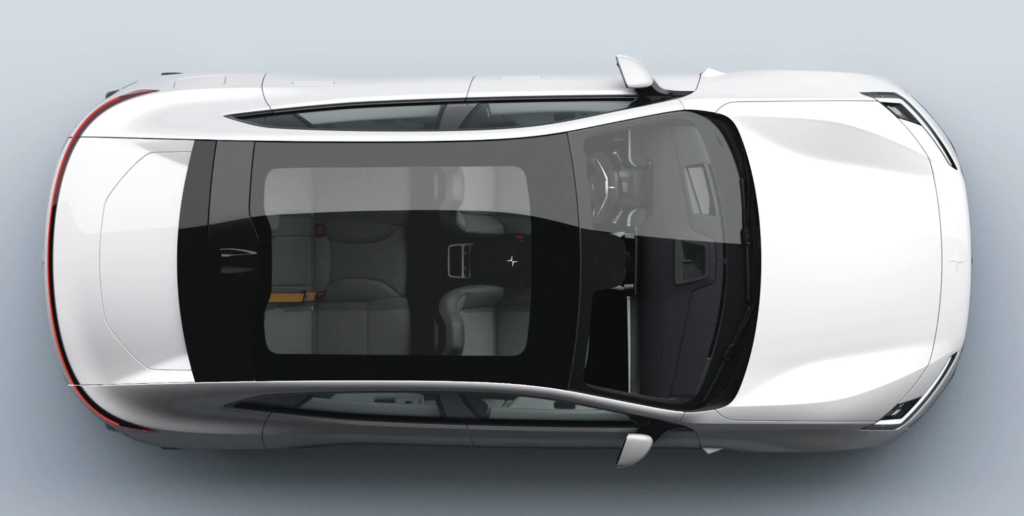
Polestar adds that it’s also working with Luminar and Mobileye to bring LiDAR functionality to the Polestar 4 by integrating Luminar’s LiDAR hardware into Mobileye’s Chauffeur platform. This makes the Polestar 4 the first-ever production car to come with Mobileye Chauffeur, which will work alongside the Polestar 4’s SuperVision platform. This essentially means that the vehicle will be able to make use of both LiDAR and camera-based autonomous driving.
For those not familiar with the term, LiDAR stands for “Light Detection and Ranging,” and is often used for applications which work for navigation, creating a 3D map of the surrounding environment. Luminar’s LiDAR system is developed starting at the chip, and when combined with Mobileye Chauffeur allows for a safe and high-performance self-driving system which can be used in modern vehicles.
Fast-Charging and V2G
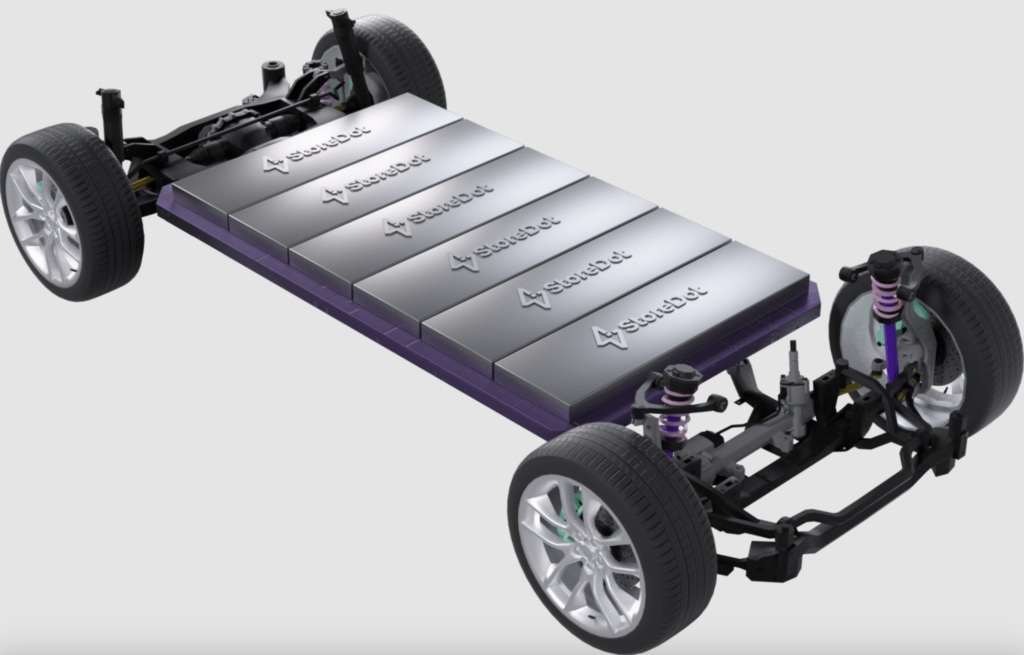
Polestar also announced that it was working with StoreDot to integrate extreme fast charging (XFC) tech into a working Polestar 5 prototype. StoreDot XFC allows for 100 miles (160 km) of range charged within just five minutes, and can be easily integrated into existing battery pack designs, without the need for a significant physical design overhaul.
Finally, the company announced that it’s joining severla other stakeholders for a large-scale vehicle-to-grid (V2G) project in Gothenburg, Sweden, which will be funded by the Swedish Innovation Agency Vinnova. The V2G project aims to develop potential business models for V2G applications across different regions.
Bidirectional Charging
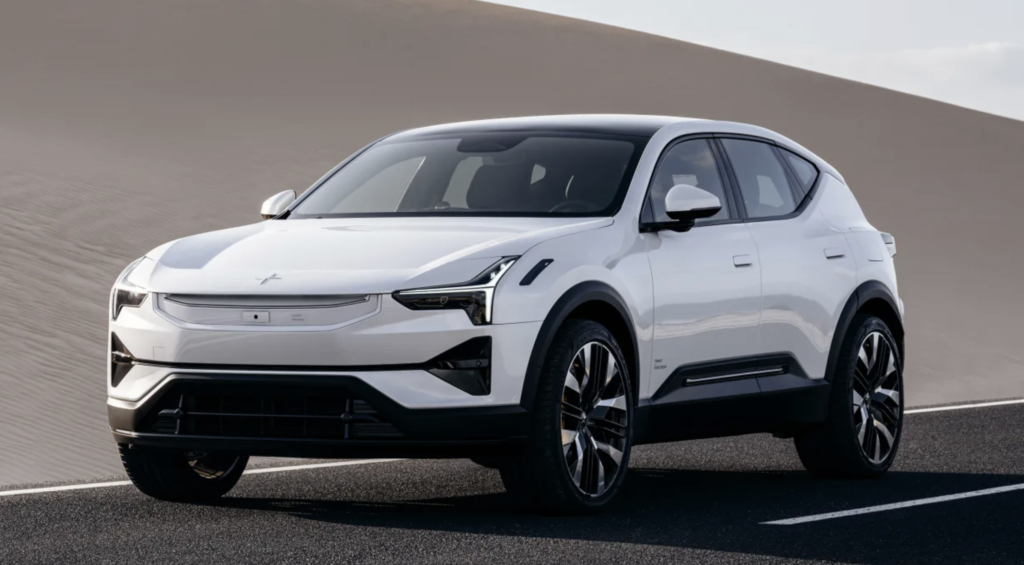
Finally, the company is also collaborating with the California Energy Commission and the independent non-profit energy R&D institute EPRI on a pre-study with a goal of creating a roadmap for the
implementation of vehicle-to-grid services in California. Bidirectional charging technology allows Polestar 3 cars to both charge and discharge power from their battery back to a user’s home or an electricity grid.
Polestar is in the process of developing a virutal power plant that links a number of participating Polestar 3 cars to a central grid. With this, a user will be able to plug in their vehicle, allowing the VPP and smart charging to take charge of optimizing battery usage.

